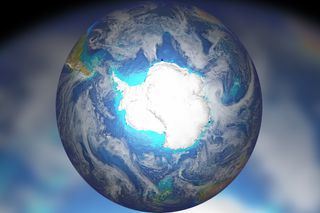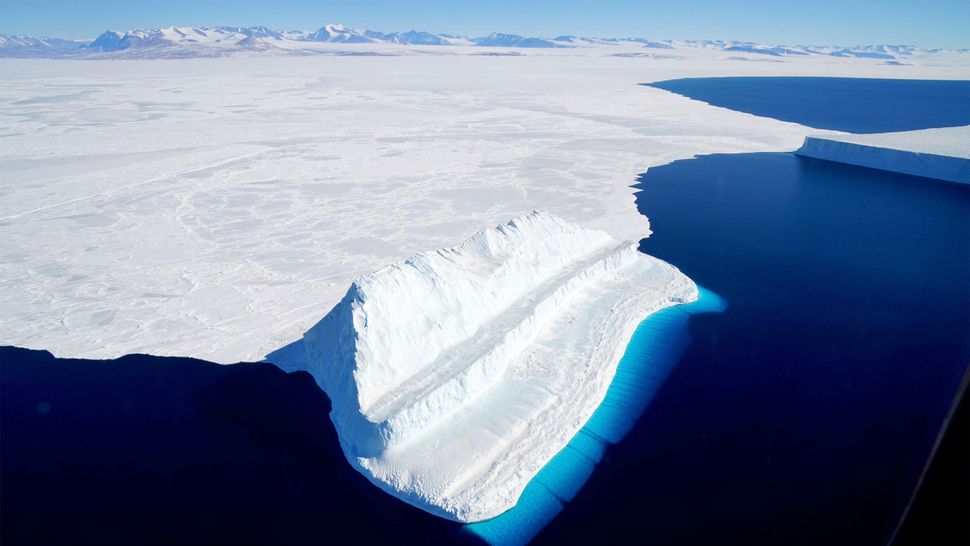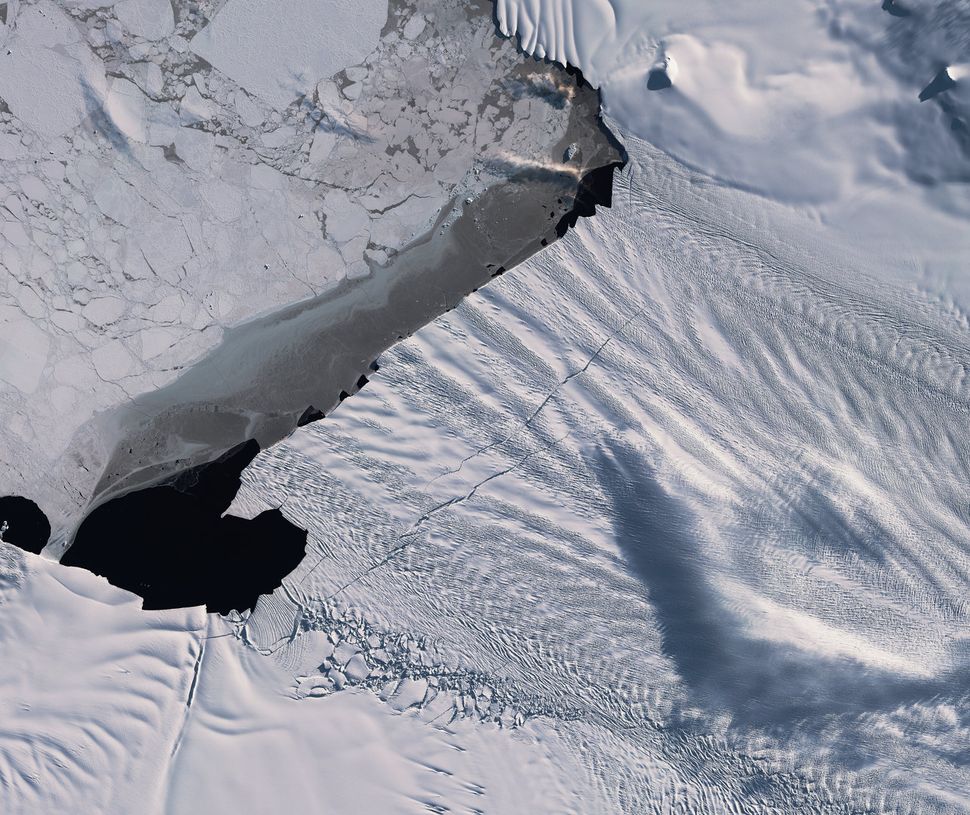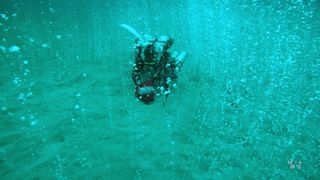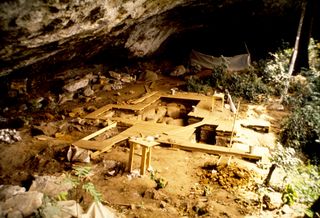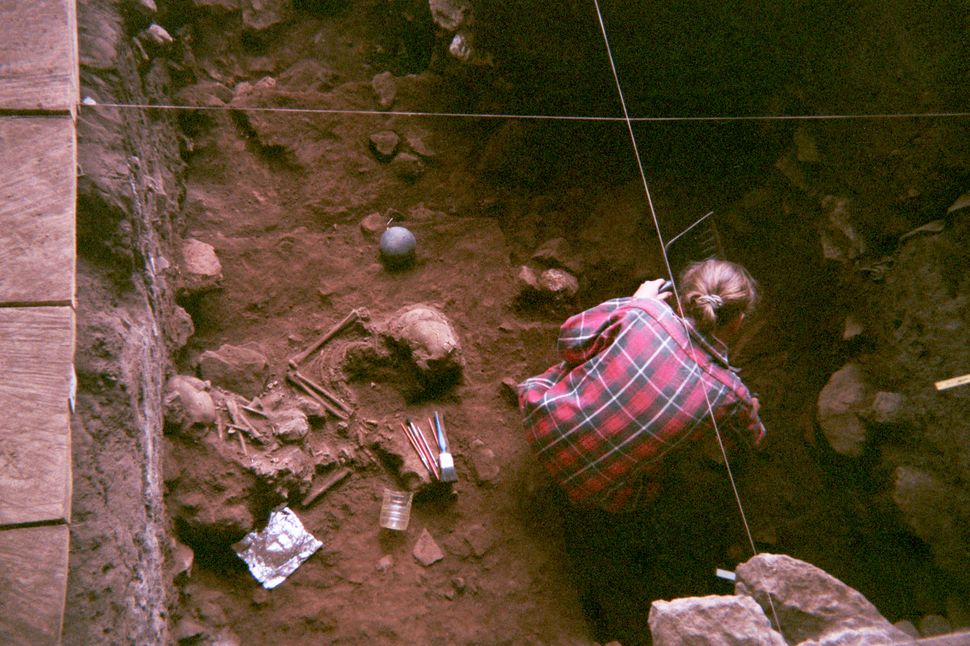White House grants press access to Christian site whose founder called impeachment a ‘Jew coup’

January 28, 2020 By Igor Derysh, Salon
The White House granted press credentials to a Christian news site whose founder claimed that President Donald Trump’s impeachment was a “Jew coup” organized by a “Jewish cabal” in anti-Semitic remarks.
Five employees of the Florida-based conservative Christian news outlet TruNews received press credentials from the White House to cover Trump’s trip to the World Economic Forum in Davos, Switzerland, last week, founder Rick Wiles told The New York Times from a ski lodge reserved for press members by the Trump administration. The outlet was not granted special access to Trump, though TruNews’ Edward Szall asked Ivanka Trump a question during a news conference, according to the report
“We want to thank President Trump and the White House for extending the invitation to be here,” Wiles said in a video. “We are honored to be here representing the kingdom of heaven and our king Jesus Christ.”
This is not the first time the outlet has gained access to the Trumps. Trump took a question from Zsall during a 2018 news conference at the U.N., while Donald Trump Jr. gave an interview to the site after a rally in Michigan last year.
TruNews’ recent involvement in Trump’s trip prompted widespread outrage after Wiles said in a video in November that a “Jewish cabal” had plotted Trump’s impeachment.
“That’s the way Jews work,” Wiles said. “They are deceivers. They plot. They lie. They do whatever they have to do to accomplish their political agenda. This ‘Impeach Trump’ movement is a Jew coup, and the American people better wake up to it really fast.”
Wiles also claimed that “when Jews take over a country, they kill millions of Christians.”
Those anti-Semitic comments prompted condemnation from several House Democrats, who called on the White House to bar the site from receiving press access.
“We want to know why TruNews was granted White House access and what steps are being taken to condemn their anti-Semitism and ensure such hatred is never welcome in the White House again,” Rep. Ted Deutch, D-Fla., and Rep. Elaine Luria, D-Va, wrote in a December letter to Trump’s acting chief of staff. “An extremist website that frequently attacks Jews and other minorities has no place in the White House … In addition to condemning this vile anti-Semitism, please let us know how this anti-Semitic purveyor of hate received access to the White House and what steps are being taken to ensure no similar group is ever recognized at the White House again.”
The lawmakers never received a response to their letter, but the White House invited the outlet on Trump’s trip.
“It’s a validation of their work,” Kyle Mantyla, who tracks Wiles’ work for the progressive group People for the American Way, told The Times, adding that the outlet “sees it as the White House being on their side.”
When asked about his anti-Semitic remarks at Davos, Wiles did not express any sign of regret.
“I coined a phrase. It came out of my mouth: ‘It looks like a Jew coup.’ All I pointed out was many of the people involved were Jewish,” he told the outlet, adding that, “I can tell you from my heart there is no ill will toward the Jewish people, with all sincerity.”
But Wiles’ presence did not sit well with Deutch, who traveled to the Israeli Holocaust memorial Yad Vashem during Trump’s trip to Switzerland.
“I can’t believe the day before I attend an event at Yad Vashem marking 75 years since the liberation of Auschwitz, anti-Semites were given WH credentials to broadcast from European soil,” Deutch wrote on Twitter.
ABC News’ Jonathan Karl, the president of the White House Correspondents’ Association, also questioned why the Trump administration had credentialed the outlet.
“It’s puzzling that a known hate group would get press credentials from the same White House that revoked the credentials of a correspondent for a major television network,” he told The Times, referring to the White House’s attempt to revoke credentials from CNN correspondent Jim Acosta. “We have asked why this happened and if the White House intends to issue credentials to this group in the future. We have not received an on-the-record response.”
Anti-Defamation League CEO Jonathan Greenblatt pointed to the group’s history of bigoted statements, which included claims that Jeffrey Epstein trafficked underage girls to American politicians to blackmail them into supporting Israel and that the “Jewish mafia” and “Israel took out John Kennedy.”
The president himself has also been accused of anti-Semitism on multiple occasions.
Rep. Alexandria Ocasio-Cortez, D-N.Y. and Jewish journalist Peter Beinart accused Trump of anti-Semitic attacks on lead House impeachment manager Rep. Adam Schiff, D-Calif., arguing that Trump “engaged in deliberate, atrocious, targeted anti-Semitism.”
Multiple Jewish groups also accused Trump of using anti-Semitic tropes during a speech to the Israeli American Council, in which the president claimed that Jewish voters had “no choice” but to vote for him or lose money under Democrats’ wealth tax plans. Trump also claimed that some Jews “don’t love Israel enough” after arguing that Jews who vote for Democrats are “very disloyal to Israel.”
Trump similarly told the Republican Jewish Coalition during his campaign, “You’re not going to support me, because I don’t want your money.”
“Is there anyone in this room who doesn’t negotiate deals?” he added. “Probably more than any room I’ve ever spoken.”
Even Trump’s executive order claiming to protect Jewish students from anti-Semitism on campus came under fire for playing on “centuries-old anti-Semitic tropes,” College of Charleston Jewish studies professor Joshua Shanes wrote in an op-ed for The Washington Post, adding that he signed the order while sitting alongside two other pastors that have made anti-Semitic comments.
“Last week, President Trump signed an executive order to fight anti-Semitism on college campuses while flanked by two evangelical Christian pastors, Robert Jeffress and John Hagee,” Shanes wrote. “Jeffress has literally damned Jews to hell, while Hagee has warned of an international plot led by the Rothschilds to undermine American sovereignty, described Hitler as a ‘hunter’ sent by God to kill Jews who refused to move to Israel and described the Antichrist as a ‘half-Jew homosexual.'”


 Pedro Portal/Miami Herald/TNS
Pedro Portal/Miami Herald/TNS